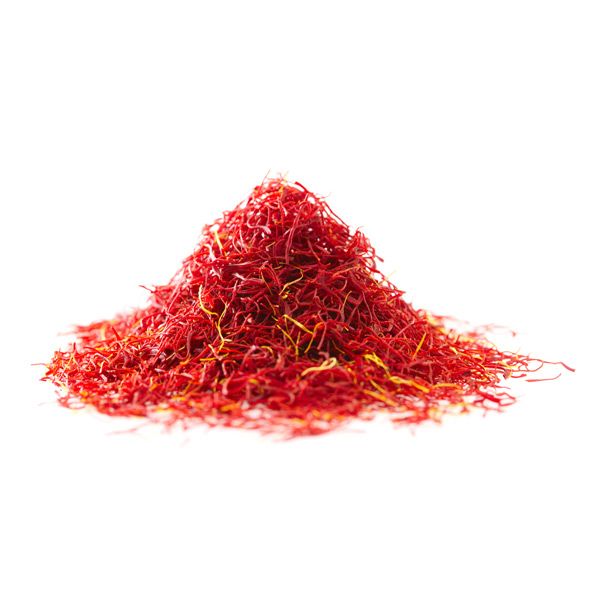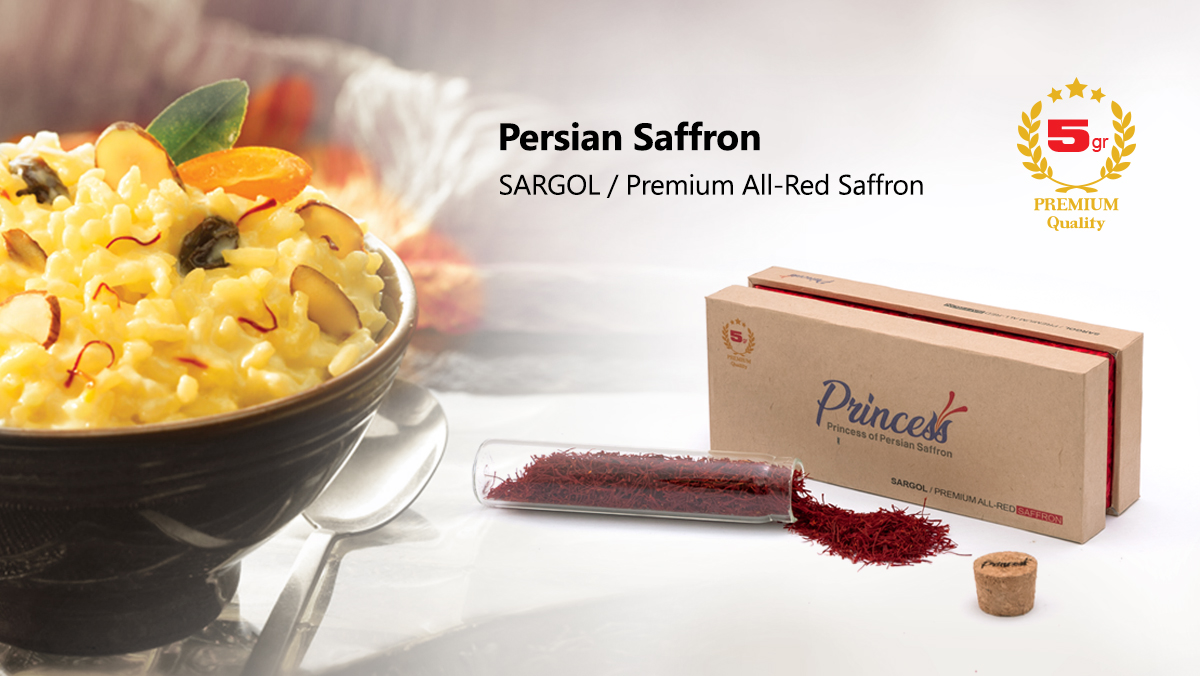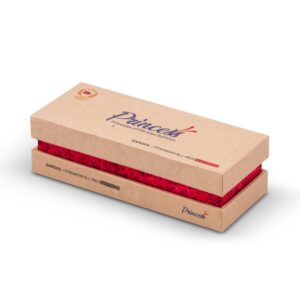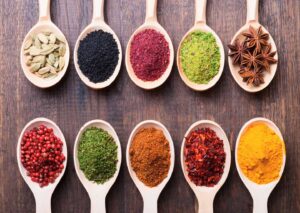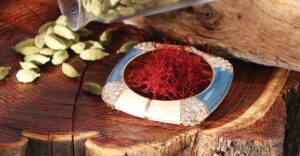Iranian Saffron
Ninety-five percent of the world’s saffron comes from Iran. It has traditionally been grown in Khorasan, an area (about the size of England) in the north-east of Iran with ideal soil and climate conditions for the crop. Saffron is a valuable spice with origins in Zagros Mountains area in “Mede” era. Saffron which takes a lot of labor to produce, is actually a very small part of the plant Crocus Sativus Lineas and everything about it is really interesting.
Buy Now